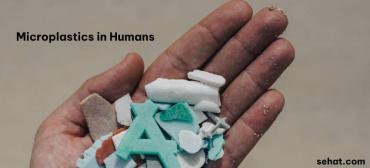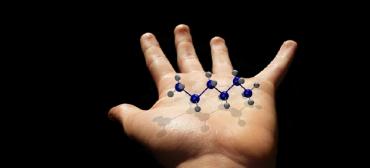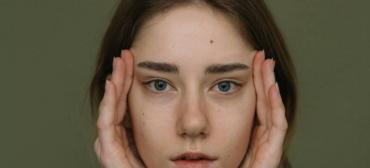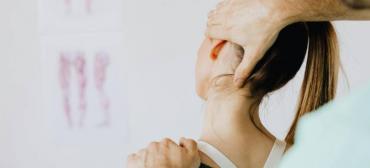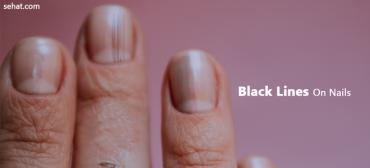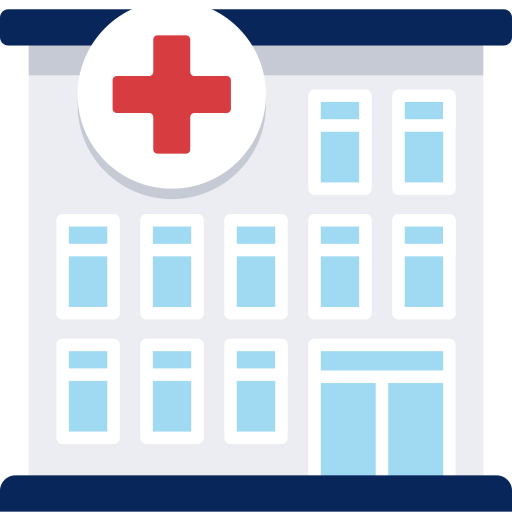Seborrheic Dermatitis
What is seborrheic dermatitis?
Seborrheic dermatitis is an inflammation of the upper layers of skin, characterized by red, itchy skin that sheds scales. A hereditary condition, seborrheic dermatitis is often aggravated by cold weather conditions.
Seborrheic dermatitis is most common during:
-
Infancy In infants, the condition is also called "cradle cap," because of its characteristic scaly appearance on the scalp. However, cradle cap can also occur in the diaper area. Seborrheic dermatitis in this age group usually clears up on its own within the first year.
-
Middle age When seborrheic dermatitis occurs at this age, the condition is usually more intermittent and called dandruff.
-
Old age When seborrheic dermatitis occurs at this age, the condition is usually more intermittent. It becomes less common after 60 years of age.
Persons with oily skin or hair are also more at risk for developing seborrheic dermatitis.
What are the symptoms of seborrheic dermatitis?
The following are some of the other symptoms associated with seborrheic dermatitis. However, each person may experience symptoms differently. Symptoms may include:
-
Itching scalp
-
Dry or greasy scales on the scalp
-
A yellow or red scaly rash along the hairline, behind the ears, in the ear canal, on the eyebrows, around the nose, and/or on the chest
The symptoms of seborrheic dermatitis may resemble other skin conditions. Always consult your physician for a diagnosis.
How is seborrheic dermatitis diagnosed?
A complete medical history and physical examination helps the physician in diagnosing seborrheic dermatitis.
Treatment for seborrheic dermatitis:
Specific treatment for seborrheic dermatitis will be determined by your physician based on:
-
Your age, overall health, and medical history
-
Extent of the condition
-
Your tolerance for specific medications, procedures, or therapies
-
Expectations for the course of the condition
-
Your opinion or preference
Although the condition responds to treatment, it may recur. Treatment depends on the inflammation's location and is usually effective in alleviating symptoms. Treatments may include:
-
Corticosteroid cream or lotion
-
Anti-fungal topicals (such as ciclopirox)
-
Medicated shampoo for adults, as prescribed by your physician
Related Questions
Itch and Rash in the Groin Area - Male
- 3544 Days ago
- Skin Rash - Skin & Hair Care
Hair transplant donor area issue
- 3561 Days ago
- Hair Loss - Skin & Hair Care
Jock itch Groin
- 3607 Days ago
- Dry Skin - Skin & Hair Care
Serious Hair problem
- 3622 Days ago
- Hair Loss - Skin & Hair Care
Hair damage
- 4634 Days ago
- Skin & Hair Care

